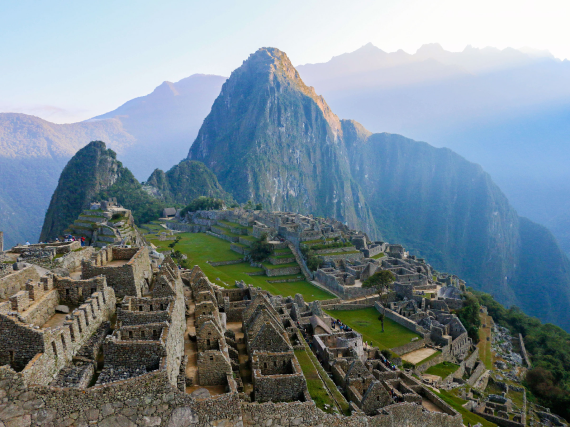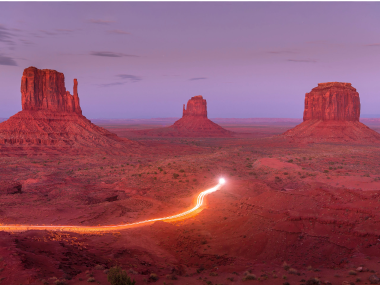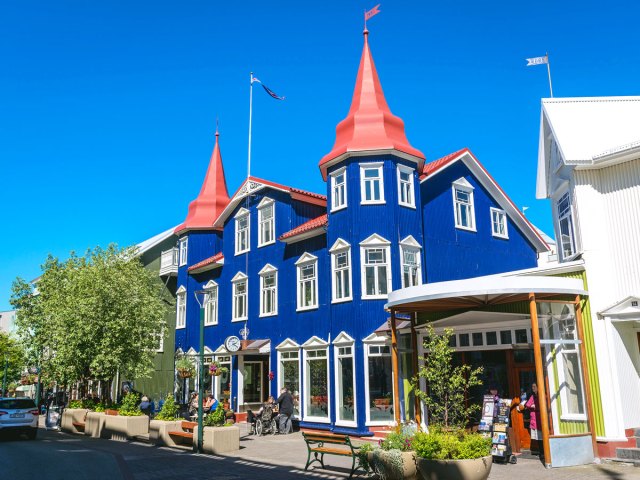Did you know it’s possible for settlements to exist while technically being lower than the height of oceans and seas? As the world’s ocean is technically one continuous body of water, its surface level is generally the same throughout the planet. “Sea level” is the basis from which elevation and depth are measured on planet Earth. Places below sea level can occur due to a variety of factors, including tectonic activity, rising water levels, and human developments such as land reclamation. Check out these 10 cities below sea level.
Georgetown, Guyana

Elevation: 6 feet below sea level
Located where the Demerara River meets the Atlantic Ocean on South America’s northern coastline, Georgetown is the English-speaking capital of Guyana. It is also one of the world’s few major cities below sea level. Protecting much of Georgetown is the Kingston Seawall, which is the country’s oldest sea defense structure. It keeps the Atlantic at bay and helps to preserve the country’s many rice and sugarcane fields.
Often called the “Garden City of the Caribbean,” Georgetown is also known for its colonial architecture. Notable landmarks include the Gothic Revival-style City Hall and St. George’s Cathedral. Visitors often use the city as a starting point for tours to explore nearby natural wonders such as Kaieteur Falls in Kaieteur National Park and the Iwokrama Rainforest.
Amsterdam, The Netherlands

Elevation: 7 feet below sea level
The country name Netherlands means “low-lying lands,” and indeed, the country has many areas below sea level. Amsterdam’s altitude is 7 feet below sea level, making it one of the biggest major cities below level. An estimated 26% of the Netherlands is located below sea level — that number rises to as high as 59% following heavy storms and other times of increased water levels. The Dutch capital stays “afloat” thanks to a system of canals, dikes, dunes, floodgates, and pumping stations. It’s part of the Delta Works, a massive engineering project initiated after significant flooding in 1953.
The Dutch continue to find innovative ways to adapt to the country’s low-lying location. For example, in 2023, an underwater bicycle parking lot with space for 7,000 bikes opened next to Amsterdam’s Centraal Station.
Kristianstad, Sweden
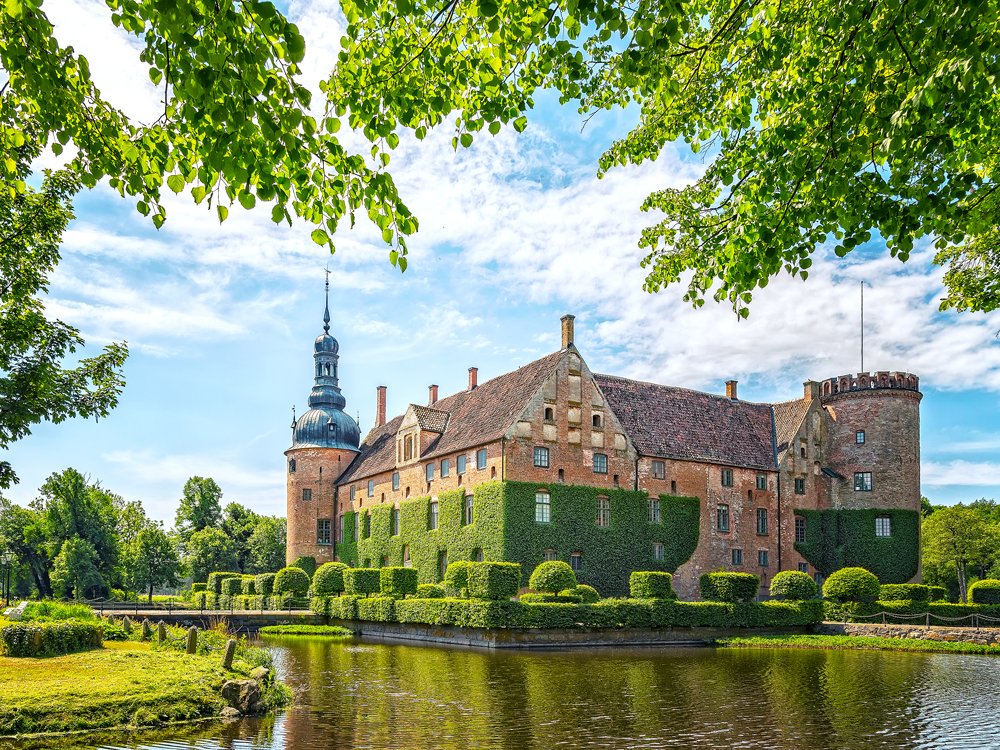
Elevation: 8 feet below sea level
The lowest point in Sweden is located just outside the city of Kristianstad, set on the banks of Lake Hammarsjon in the southern part of this Scandinavian country. In the 19th century, part of the lake was drained to create a reverse dam called Hammarslundsvallen. Since this part of the country is below sea level, the dam’s job is to keep water out rather than retain it.
However, the dam almost breached in 2002, after which a project was launched to pump water out. By 2025, the goal is to have over 6 miles of embankments and six pumping stations to prevent future flooding. Still, water plays an important role in the town’s culture and surroundings. The Kristiansand Vattenrike Biosphere Reserve extends around 22 miles along the River Helge. This wetlands area features nature trails, bird towers, and interpretive centers.
Rotterdam, The Netherlands
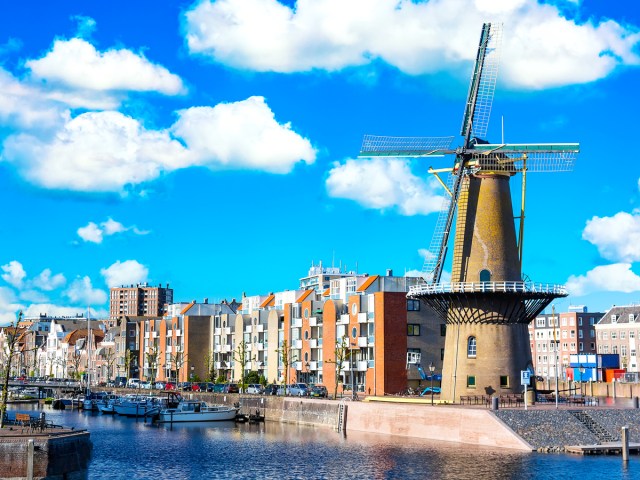
Elevation: 23 feet below sea level
The second-largest city in the Netherlands and of the world’s biggest cities below sea level, Rotterdam is an important maritime port set along the Scheur river, close to the North Sea. About 85% of the city has land below sea level. Despite being one of the lowest cities in the world, Rotterdam is regarded as one of the safest delta cities on the planet. This is mainly thanks to creative engineering and architectural projects.
The Maeslantkering is a storm surge barrier built on the river that shuts automatically when floods and tidal surges threaten the city. It’s controlled by a centralized computer system and can withstand a water increase of 16 feet. Rotterdam is also home to other water-based infrastructure projects such as a floating solar park and Nassauhaven, a collection of sustainable homes that move with the tide.
Astrakhan, Russia
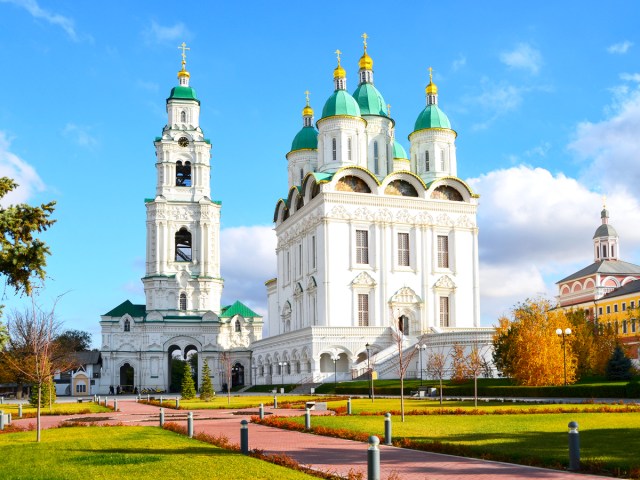
Elevation: 92 feet below sea level
Straddling the Volga River about 60 miles from the Caspian Sea, Astrakhan is the administrative center of Russia’s Astrakhan Oblast (province). In the 14th century, it developed from a small fishing community into a vital trading port spreading across a network of small islands. The city lends its name to Astrakhan fur, a sought-after material taken from the skins of the karakul sheep native to Central Asia. It was fur traders from the region who first introduced the fur to Russia.
Dominating the city skyline is the UNESCO-listed Astrakhan Kremlin, originally a wooden structure built in 1558. Today’s imposing white fortress features huge defensive walls and seven of its original eight towers. Inside the complex is the Cathedral of the Assumption, distinguished by its five green domes and widely regarded as one of the finest surviving examples of 18th-century Russian church architecture.
Baku, Azerbaijan
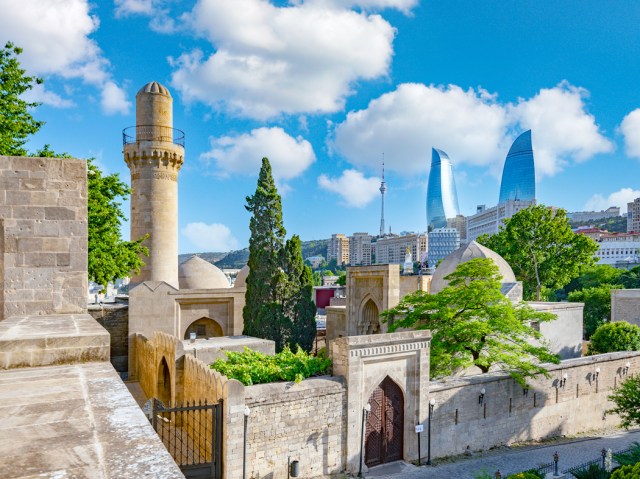
Elevation: 92 feet below sea level
Baku is the lowest capital city in the world. It’s also the largest city situated on the Caspian Sea, the world’s largest inland body of water. Baku was settled in the Bronze Age, and the landscape of the city has changed dramatically since its early beginnings. Today, it’s an ultra-modern metropolis of gleaming skyscrapers, including the iconic Flame Towers. At night, hundreds of LED screens illuminate these three towers to simulate flickering flames.
Baku’s location on the Caspian Sea is key to Azerbaijan’s economy, as the body of water is rich in both fish and oil reserves. City planners also took advantage of the waterfront setting to create the Mini Venice tourist attraction, which has canals, islands, restaurants, and gondola rides.
Calipatria, California
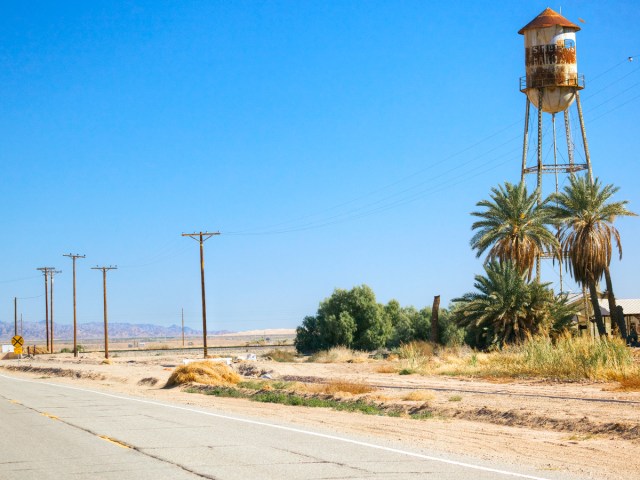
Elevation: 184 feet below sea level
Situated close to the Salton Sea in Southern California, Calipatria is the lowest incorporated town in the Western Hemisphere. Its name is a portmanteau of “California” and “patria,” the Spanish word for “homeland” or “fatherland.” This quiet, low-lying city is surrounded by agricultural land, solar farms, a geothermal power plant, and the Calipatria State Prison. In the center of town you’ll find what locals claim is the “World’s Tallest Flagpole.” It stands 184 feet tall, meaning the flag flies just about at sea level.
Calipatria is a short drive from several unique natural and human-made attractions. On the shores of the Salton Sea is the Sonny Bono Salton Sea National Wildlife Refuge. Its mix of cattail marshes, desert uplands, fields, and wetlands provide an important habitat for migratory birds traveling on the Pacific Flyway. Also nearby is a quirky roadside attraction called Salvation Mountain. Created by artist Leonard Knight, the adobe mountain is emblazoned with the message “God Is Love” and decorated with multicolored religious art.
Bombay Beach, California
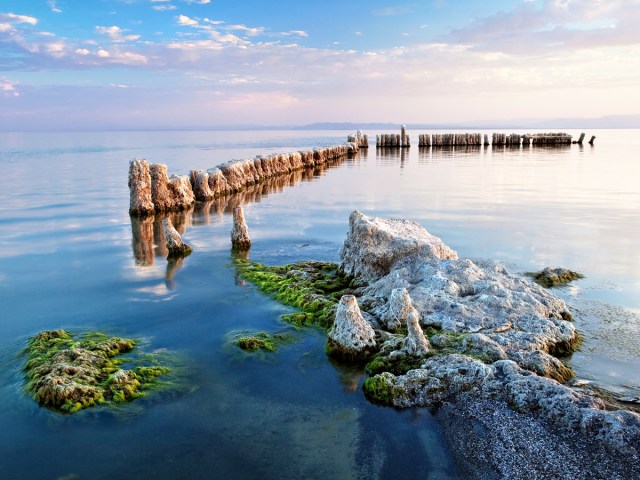
Elevation: 226 feet below sea level
Part ghost town, part thriving arts community, Bombay Beach is the lowest unincorporated community in the United States. The census-designated place (CDP) sits at 226 feet below sea level on the shores of Salton Sea, about 25 miles from Calipatria. The saline lake originated when canals transporting water from the Colorado River burst in 1905. By the mid-1900s, Bombay Beach had become a waterside escape loved by watersports enthusiasts and even celebrities.
But an unfortunate combination of flooding, rising summer temperatures, and rotting fish (thanks to contaminants and hypersalinity in the lake) forced residents out during the 1970s. However, life has come full circle here. In the 2010s, former residents and retirees started to return, and they were soon joined by artists. The Bombay Beach Biennale, founded in 2016, is a celebration of art and music inspired by this quirky and resilient town.
Tiberias, Israel
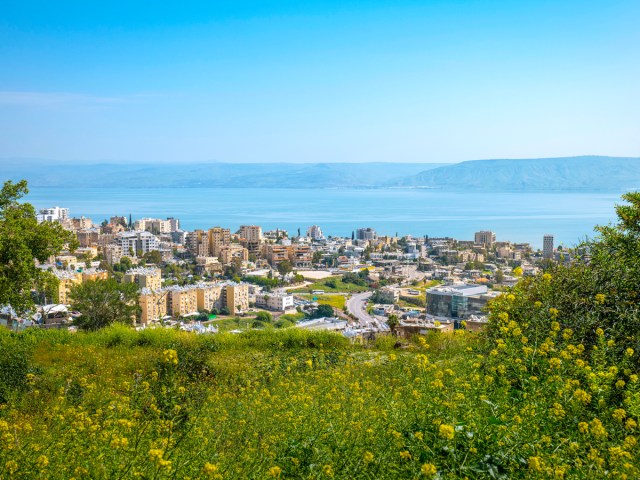
Elevation: 689 feet below sea level
On the western shore of the Sea of Galilee stands the ancient city of Tiberias. Founded in the first century CE by Herod Antipas, son of King Herod the Great, it’s one of the four original holy cities of Judaism. Various empires have controlled the city over the centuries, including the Romans, Byzantines, Crusaders, and Ottomans. Each has contributed to a legacy of interesting architectural landmarks and archaeological sites found in Tiberias today. Among these are the Roman Theater of Tiberias and Tomb of Maimonides, which is the burial place of a revered rabbi and Sephardic philosopher.
Another emblematic sight is Hamat Tiberias National Park. It protects Hamat Teverya, a village that predates the city and was incorporated into its boundaries during the Byzantine era. The park has 17 hot springs that are redirected into modern tourist baths. Visitors can also see the remains of a Roman bathhouse and a synagogue, which was built (and rebuilt) between the first and fifth centuries CE. The synagogue is famous for a mosaic floor design, one of the earliest examples of a mosaic in a synagogue in Israel.
Jericho, West Bank

Elevation: 864 feet below sea level
Jericho is situated about 10 miles from the Dead Sea — the lowest elevation in the world — and is both the lowest and oldest city in the world. The exact, record-breaking low point is known as Tell es-Sultan, which sits 864 feet below sea level. Excavated remains of the Natufian peoples found here date back over 10,000 years to the Neolithic period.
Further archaeological digs in and around Jericho have shed light on the Roman, Byzantine, and Ottoman influences on the city. The Russian Museum also recounts the often-unknown history of Russians in the Holy Land. It shelters an ancient sycamore tree, which — according to Christian tradition — Zaccheus climbed to watch Jesus on his pilgrimage to Jerusalem.
More from our network
Daily Passport is part of Optimism, which publishes content that uplifts, informs, and inspires.

